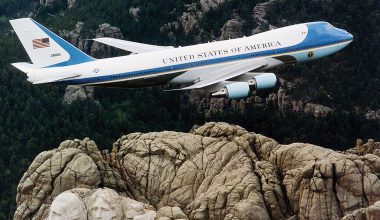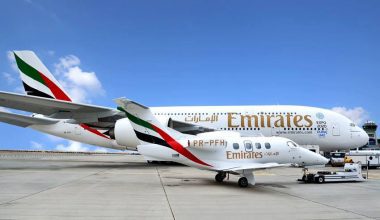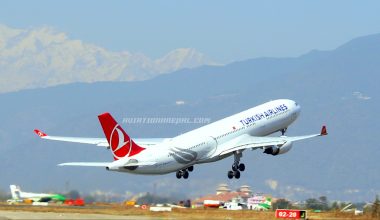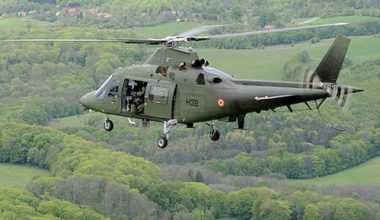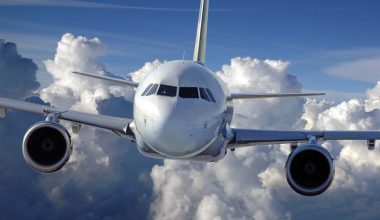US Aircraft maker Boeing has now been approved by U.S. regulators to use its new sci-fi design fold-able wingtips for latest and upcoming B777 jets. The regulators approved Buck Rogers makeover of Boeing Co.’s refurbished 777 jetliner that will allow aircraft to fold the wingtips upwards. This is set to help aircraft to park easily at some of the airports hanger after the landing.
The new 777X jetliners largest ever wings created by the company will have most distinctive-feature for the hulking jets, the first twin-engine models built to haul more than 400 travelers.
The aircraft built with the design that will incorporate the world’s largest commercial plane maker’s Model 777-8 and 777-9 models would allow the bigger wings to fit into the standard-sized airport parking space.
The wings will rotate pointing upwards after the touchdown that will help to reduce the wingspan to 212 feet from 235 feet when folded during ground operations and a set of locking mechanisms will make it impossible for them to retract while airborne, according to the company.
The air plane which will be the most efficient twin-jet ever developed in commercial history according to the company had to make US regulators to craft them from scratch as commercial aircraft design standards didn’t visualize a foldable wingspan and were later approved by the FAA after detailed inspection.
Boeing will be using carbon fiber for its wings instead of aluminum which is lighter and stronger and it is reported to help the company to extend the width of the wings by 23 feet (7 meters), or 11 percent beyond the existing 212 feet.
Although the ground breaking technology is developed and approved, FAA has applied a condition in which the Boeing must have multiple automatic warning systems to guarantee pilots won’t ever try lifting off without the wingtips fully extended.
Among the 10 conditions set by FAA, the wings must also be able to resist wind gusts as high as 75 miles (120 kilometers) an hour on the ground. The agency even set requirements for how to replace the normal lights at the tips of the wings.




